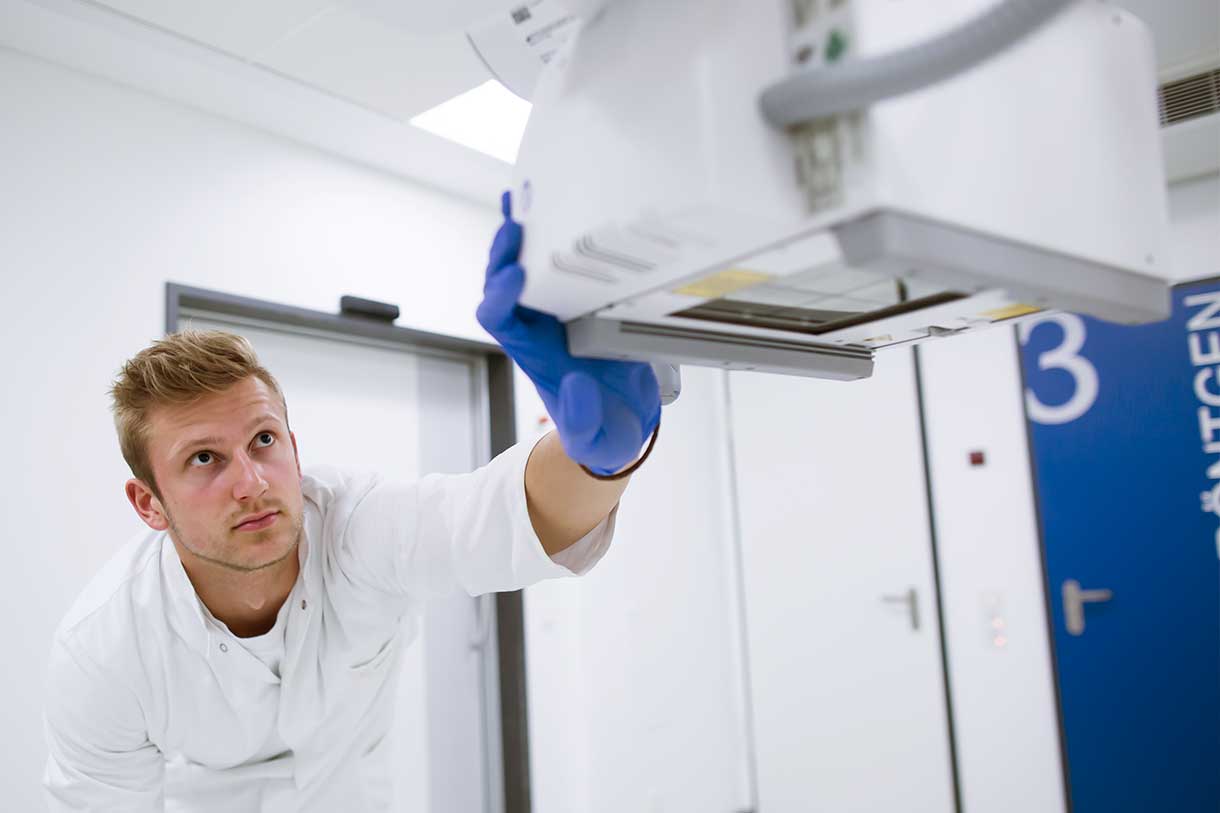Inhaltsverzeichnis | Sommaire
An AI tool was used to translate this article from German.
Regardless of the focus you wish to place on collecting patient feedback, it is worth introducing software that provides you with long-term and comparable support for your project. With H-FEEDBACK, new-win offers a solution that has proven itself through its simple handling and clear overview.
Which method(s) do you prefer?
There are various approaches to collecting patient feedback. For better orientation, here are some of the most common survey methods with corresponding procedures:
- Patient surveys – the classic: Surveys can be conducted in writing or verbally. This can be done both online and offline. Here, it is important that the survey is short and easy to understand in order to increase patients’ willingness to participate.
- Focus groups – the feedback taskforce: Focus groups are small groups of patients who are interviewed on a specific topic. The discussions can be recorded and evaluated later.
- Complaint management – more than just a complaint box: Complaint management allows patients to express their complaints or concerns directly. The collected and grouped feedback opens up a view of possible improvement potential within your organization.
- Social media – quick transparency: Social media can also be used to obtain feedback from patients. For example, they are invited to share their experiences on the Facebook page of the practice, clinic or hospital. The organization should definitely appoint a community manager in a moderating / intervening role to prevent potential negative spirals as far as possible.
- Spontaneous feedback – the treasures between the door and the door: Time and again, patients give important feedback of their own accord, which may be expressed outside of the usual survey. Record this feedback on a feedback form (e.g. patient survey form).
Before choosing the right data collection method, analyze the possibilities and requirements of your patients as well as the internal processes that are used to collect and process the data.
Do you know what you want to know?
The questions asked should aim to fully understand the patient’s experience. Some examples of questions that could be asked are:
- How satisfied are you with the treatment you have received?
- How would you rate the quality of the services?
- How well were you informed about your therapy and the medication administered or prescribed?
- How friendly and helpful were the employees?
- How easy was it to make an appointment?
Collect evaluable feedback!
In order to evaluate the feedback in a meaningful way, it is essential to put it into a form that can be easily analyzed. One way to do this is to use scales where the responses are converted into numerical values. For example, patients can be asked to rate their satisfaction on a scale of 1 to 10 – with 1 being ‘very dissatisfied’ and 10 being ‘completely satisfied’. If you use software to collect feedback, you can analyze the data much more easily. Such tools allow you to filter, visualize and export the data according to current interest. H-FFEDBACK is one such tool offered by new-win. If you would like to contact us, we will be happy to help you solve your current or upcoming challenges and show you how you and your team can better benefit from feedback insights.
Open up new possibilities!
Use the evaluation of feedback to identify potential and initiate improvements. Here are some of the ways in which our customers use feedback successfully:
- Identify potential for improvement: By analyzing feedback, areas with potential for improvement can be brought clearly to the fore.
- Train employees better: If team members need to improve certain skills, feedback can be used to develop training that meets their needs.
- Implement improvements: Once opportunities for improvement have been identified through structured feedback, concrete measures can be developed to solve problems.
- Enhance communication: Feedback can be used to establish open communication with patients. Your organization presents itself as approachable and friendly and you signal through your offer that patients’ concerns and concerns are heard in your organization.
- Measure progress: By regularly collecting feedback, the effectiveness of improvement measures can be measured, evaluated and modified if necessary. If desired or required, the measurement results can also be used for benchmarking purposes.
Hurdles: Reluctance to give feedback?
Do you know what it’s like: You know that you should definitely implement something, but you keep finding hurdles or reasons that slow you down? Is it never the right time? Does it seem too complicated? Is this perhaps how you feel about collecting patient feedback? We are happy to support you and show you simple ways with our H-FEEDBACK software. Because what works simply – simply works well. We look forward to talking to you!





















